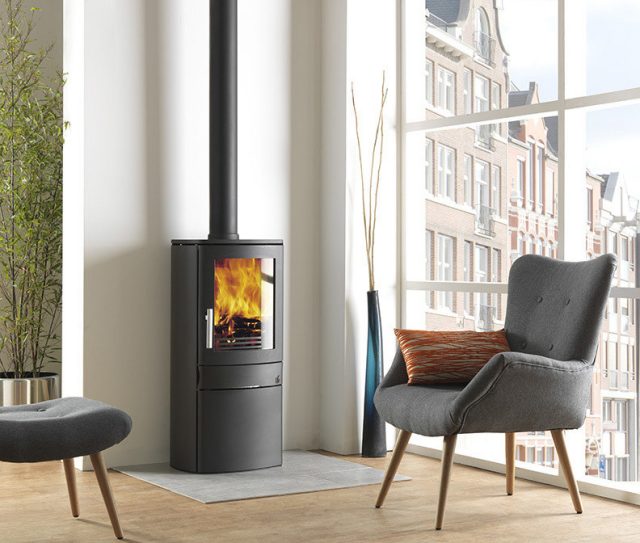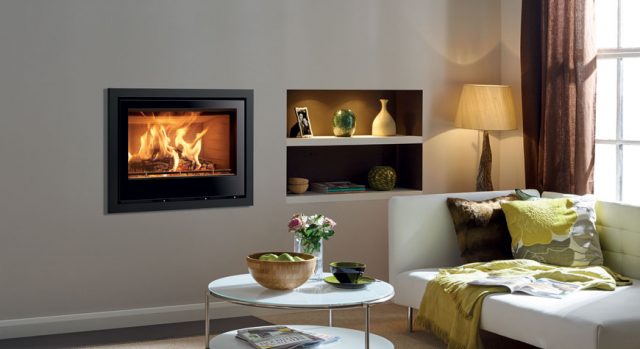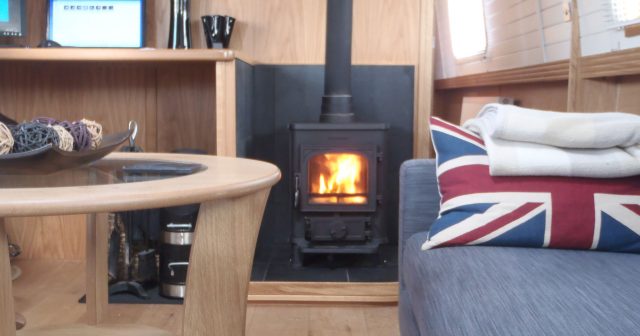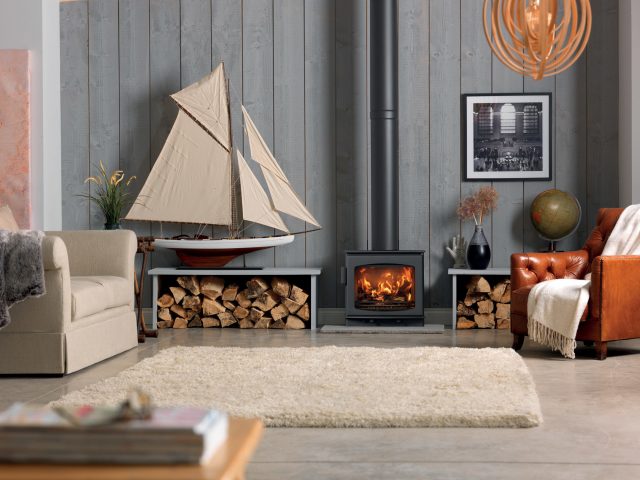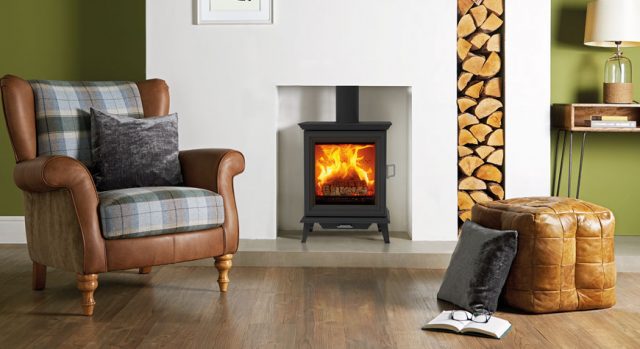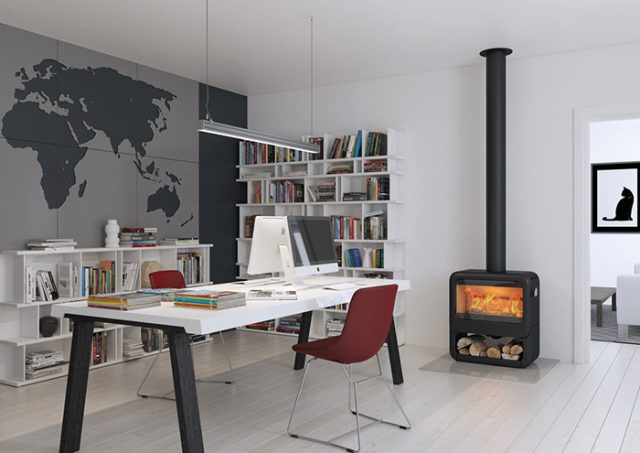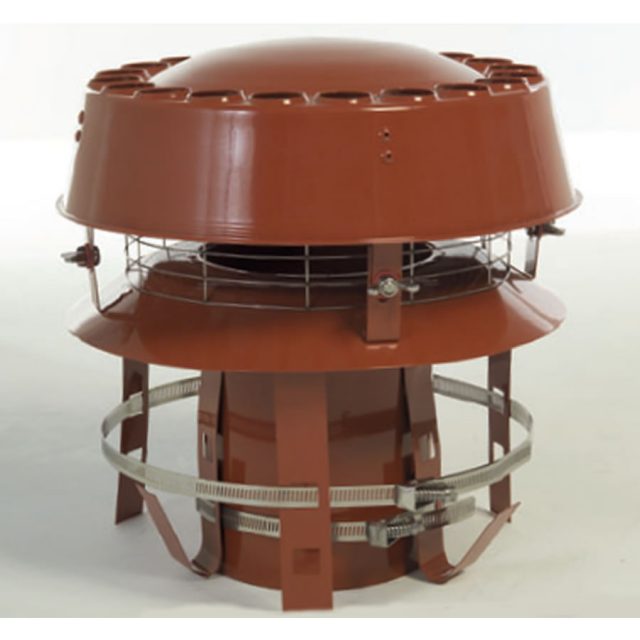Those with an interest in wood-burning and multifuel stoves obviously know there is a difference but what are the specific differences. This is probably one of those stove related questions you would like to ask but it may be sound so simple that you don’t want to.
Basic difference between multifuel and wood-burning stoves
The most obvious difference is in the name, multifuel indicates you can use more than one type of fuel while a wood-burning stove denotes you can only burn wood. There are subtle differences in the make-up of the different types of stove and it is also worth noting that the multifuel stove can burn wood. So, in theory, a multifuel stove offers the best of both worlds?

